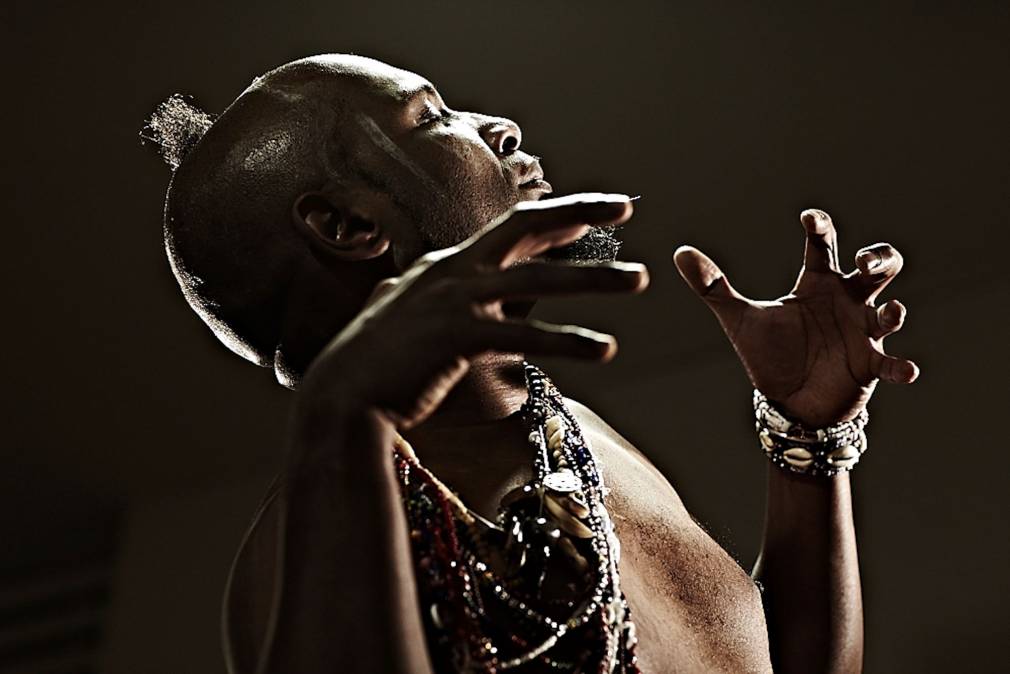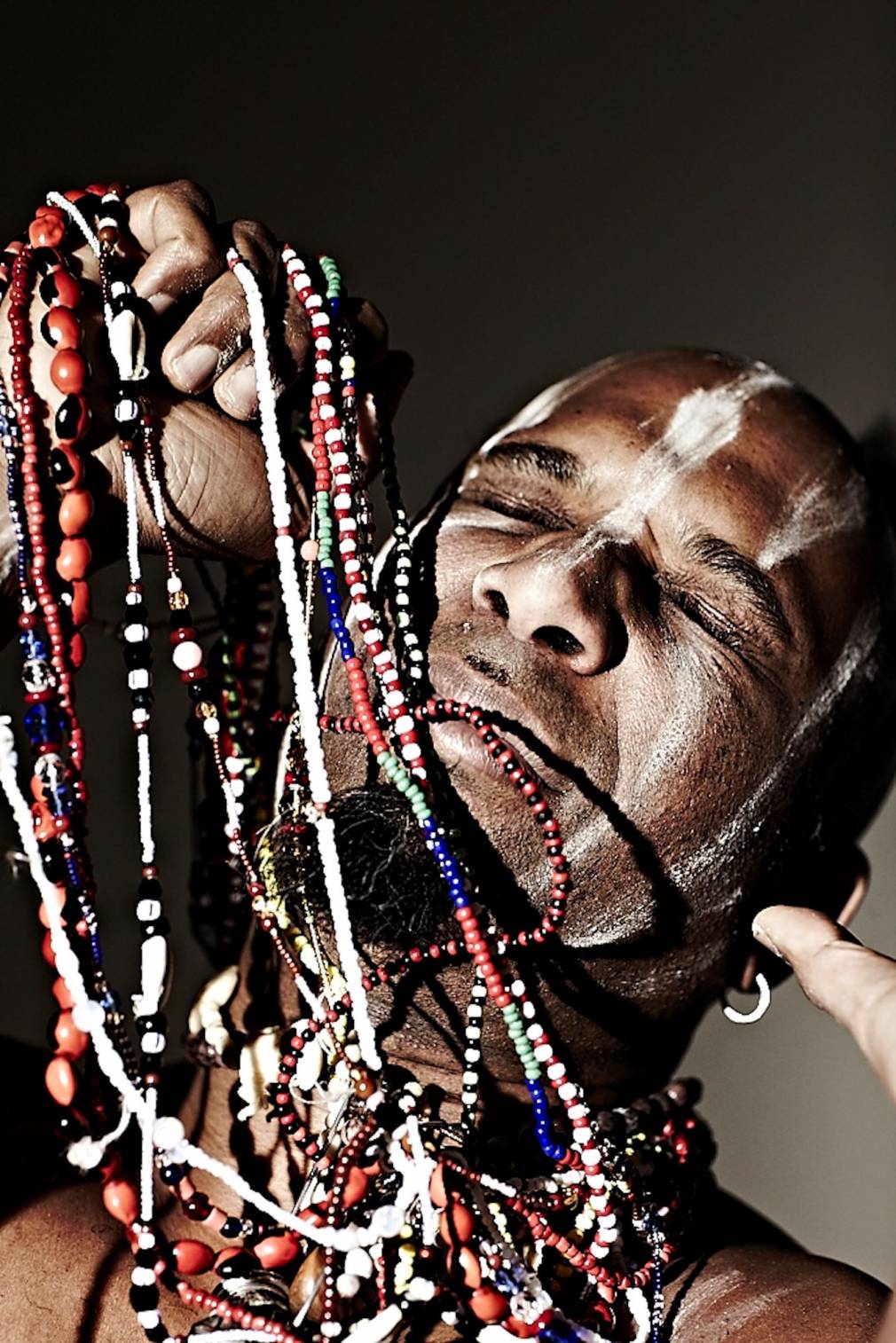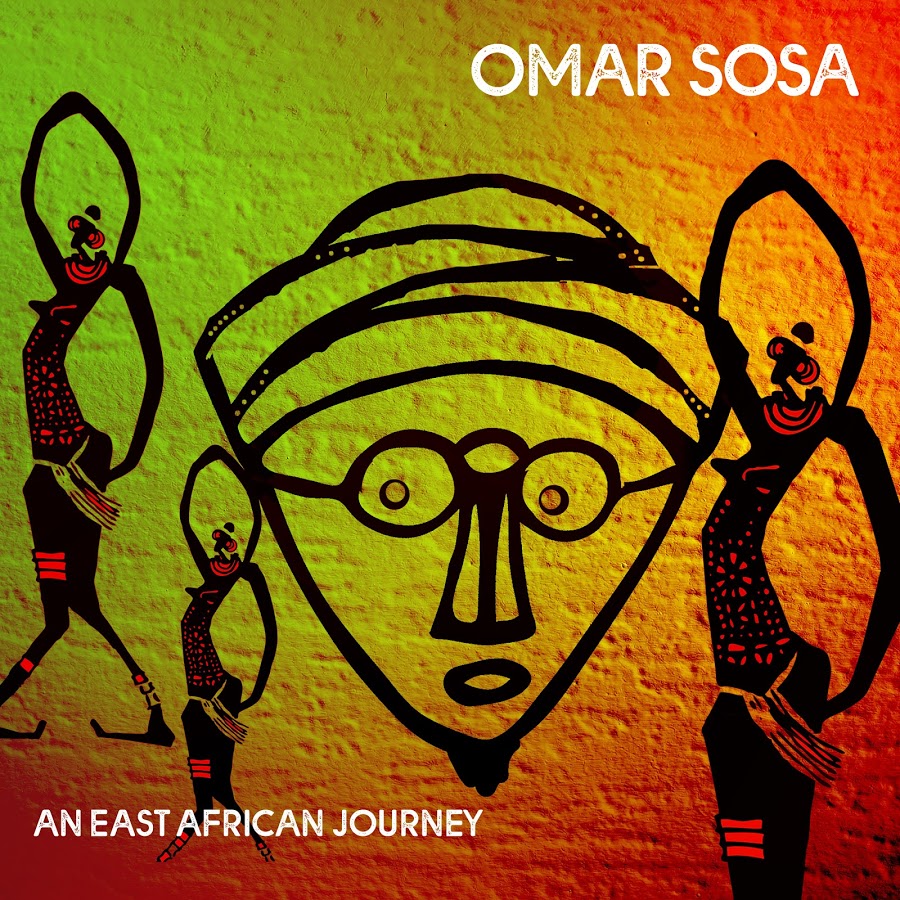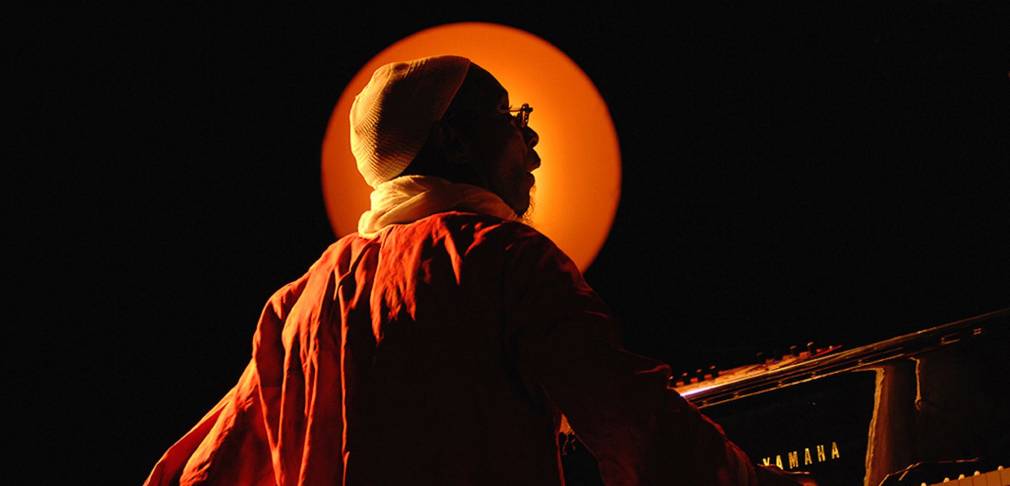“I always say Cuba is a province of Africa!” jokes Omar Sosa whose new album An East African Journey is a musical road trip through seven East African countries finding commonality and connection through sonically rich collaborations. For the seven-time Grammy nominated Cuban pianist, making musical friends comes easy and the new album released on Sosa’s own Otá label is a communal and big-hearted affair. The story begins in 2009 when Sosa’s French booking agency 3D Family suggested a tour of eight Alliance Française centers in East Africa to promote the pianist’s Afreecanos album of 2008. Speaking to Pan African Music from his home in Barcelona, Omar takes up the story: “My office came to me with the tour and I said wow! this is going to be a unique moment. I don’t know if I will have the opportunity to do this again? So we need to find a musician in each country and a film crew.”
The choice to work with string players was deliberate for the pianist who says: “Africa is more than drums. Africa exports the drum as the main flag of Africa. And yes It’s great! But Africa has beautiful melodic string instruments.” And so, accompanied by sound engineer Patrick Destandeau, Omar met and recorded with eight players of traditional stringed instruments including the eighteen string Malagassey Valiha, the Ethiopian Krar, and the Kenyan Nyatiti.
For Sosa it was of foremost importance to capture these instruments in all their beauty and later add the strings of his piano. “Most of the time when you listen to African recordings- you have a lot of noise, the cars, chickens, kids!” Omar chuckles. “Our focus was to get the cleanest recording we could make and record the musicians properly.” Thus recordings were made on the fly in some unusual locations including a library, a bathroom and a hotel room. Noting the tendency to overproduce African music, Omar approached the task of working on the recordings with the utmost respect upon his return: “I remember I came back from Africa and when I listened I was like wow! We did this? We’d been travelling and sometimes when you are really busy you don’t see all the little details around. So I listened and I thought this music by itself is already gorgeous music. I only need to put some little spices, some preservatives.”

However, the pianist soon found that every time he tried to add some seasoning he found himself saying: “this is too much!” and notes “If I’m honest at that time I was not ready to put my spices! Those musicians gave everything. I thought `I can do nothing here.’ This music is beyond my knowledge.” And so like a fine Cuban rum the music remained in the barrel until 2016 when Omar and his Paris based co-producer on the album Steve Argüelles were together working on Sosa’s duo album Transparent Water with kora player Seckou Keita. Omar picks up the story here:
”So me and Steve were in the studio and we said let’s listen to the East African road trip! Let’s pick out a good bottle of wine, let’s open it and listen.. .And I’m telling you man, we looked at each other and we both said, `less is more’ we don’t need to fix anything here. It just needs to breathe.”
Fast forward to 2018 and Omar and Steve assemble with French multi-instrumentalist Christophe `Disco’ Minck to add ‘their spices’.
“Our parts we did in two days” laughs Omar. “One day for Steve to do his drums and Disco to do bass and electronics, and the other day I did the piano. Pronto! like that. Why? Because the food was already good! All that was needed was to add that little salad on the side, that glass of wine, to create a beautiful table.”
And a beautiful table An East African Journey certainly is.
Opening with “Tsiaro Tsara” (good memories) the journey begins in Madagascar where Sosa and Destandeau recorded valiha player Rajery of the trio 3MA, on stage at the Centre Culturel Albert Camus in Antananarivo. True to the vision of the project the traditional instrument is front and centre and provides the backbone of the music, the sweet sound of the plucked valiha propelling the piece, whilst Sosa’s piano adds just the slightest breeze. Also from Madagascar we hear Monja Mahafay who plays the 24 string box zither called marovany on “Eretseretse”. Sosa adds simple musical punctuation, answering and encouraging the marovany’s hypnotic cyclical riff with his piano. Sadly Mahafay, who also plays the 3-string traditional violin the lokanga on the track “Sabo”, died earlier this year reports Omar, who says “It was my dream to play with him live.”
Another highlight of the album is “Che Che” recorded in Addis Ababa in the small theatre of the Alliance Ethio-Française with Seleshe Damessae. Perhaps the jazziest tune on the album, “Che Che” is anchored by the staccato 5 string Krar lyre to which Sosa romps along with his piano. The tune is completed with the brushy drums of Argüelles and a walking bass from Minck. Sosa’s layover in Sudan resulted in another album high point – the hauntingly beautiful 12/8 time “Meinfajria” composed by Dafaalla Elhag Aliin. Sung in Arabic it is a folk song about a farmer who goes to work in his field very early, working hard to produce his own food and not needing to ask others for help. To a beautiful call and response vocal Sosa adds just a sprinkling of pentatonic piano, whilst some tastefully used organic sounding electronics complete the piece.

The other stops in Zambia, Burundi and Kenya introduce us to yet more timbres before we conclude our East African journey on the island of Mauritius where the final recording of the tour “Ravann Dan Jazz” was made. A joint composition between Sosa and pioneer of traditional Sega music – Menwar, “Ravann Dan Jazz” is a beautiful soundscape recorded at Menwar’s home near the beach of Pointe aux Sables and features spoken word elements in Creole. For Sosa who is partial to a good food metaphor: “The most important thing when we were making the album was to respect each other and to listen to each other. Let’s put the plate in the middle we said! Like if you go to Morocco or Senegal they put the plate down and you eat your part, you never eat the food of the guy who is sitting next to you.” This respect is present in everything Omar Sosa does, after all “With diversity you’re going to become a better human being, a better professional” he reasons. “I need this diversity in my music.”
The result is an album which allows each player with whom Sosa made a rendez-vous to shine. Exquisitely recorded, produced, and embellished sympathetically with Sosa’s piano, An East African Journey is proof that music matures, and like that bottle of wine the maestro and his producer opened, the album was worth the wait.
An East African Journey, out now @ MDC – Pias.


